At 14.0 million km2 (5.4 million sq mi), it is the fifth-largest continent in area after Asia, Africa, North America, and South America. For comparison, Antarctica is nearly twice the size of Australia.Furthermore the Antarctic ice sheet is divided into the West Antarctic ice sheet (WAIS) and the East Antarctic ice sheet (EAIS), something which is often missed in the mainstream media, where promoting the man-made global warming idea is all-important. Here is an image of Antarctica:
About 98% of Antarctica is covered by the Antarctic ice sheet, a sheet of ice averaging at least 1.6 km (1.0 mi) thick. The continent has about 90% of the world's ice (and thereby about 70% of the world's fresh water).
I couldn't find the exact percentage but as we can see, the WAIS is by far the smaller of the two ice sheets, accounting for no more than 20%. There are important differences between the two ice sheets. From Wikipedia again:
In East Antarctica, the ice sheet rests on a major land mass, but in West Antarctica the bed can extend to more than 2,500 meters below sea level. Much of the land in this area would be seabed if the ice sheet were not there.Earlier this week a report claimed: Antarctica's ice melt is unstoppable:
Massive regions of the ice sheet that makes up West Antarctica have begun collapsing in a process that scientists have worried about for decades and fear is likely unstoppable, two separate teams of scientists said on Monday.A Guardian headline specified that Western Antarctic ice sheet collapse has already begun, scientists warn, with the subheading, "Two separate studies confirm loss of ice sheet is inevitable, and will cause up to 4 meters of additional sea-level rise."
The collapse of the Western Antarctica ice sheet is already under way and is unstoppable, two separate teams of scientists said on Monday.Making predictions and statements about something being "unstoppable", and sea level rises hundreds of years - if not thousand of years - into the future, seems to be a little unscientific and more akin to
The glaciers' retreat is being driven by climate change and is already causing sea-level rise at a much faster rate than scientists had anticipated.
The loss of the entire western Antarctica ice sheet could eventually cause up to 4 metres (13ft) of sea-level rise, devastating low-lying and coastal areas around the world. But the researchers said that even though such a rise could not be stopped, it is still several centuries off, and potentially up to 1,000 years away.
WAIS may be melting, but as can be gathered from Wikipedia which is quoting the scientific journal Nature, then the larger EAIS is growing at a rate of about 60 gigatons per year:
A more recent estimate published in November 2012 and based on the GRACE data, as well as on an improved glacial isostatic adjustment model, indicates that the East Antarctica actually gained mass from 2002 to 2010 at a rate of 60 ± 13 Gt/y.A separate report in the news a few days ago concerned record sea ice around Antarctica. So these are two different phenomena different teams of scientists are monitoring: ice levels on Antarctica (East vs West), and sea ice extent around Antarctica.
The two are most likely connected, something which the scientists appear reluctant to discuss because man-made global warming dictates that we see just melting ice.
According to this May 12th article in The Australian:
Antarctic sea ice has expanded to record levels for April, increasing by more than 110,000sq km a day last month to nine million square kilometres.
The National Snow and Ice Data Centre said the rapid expansion had continued into May and the seasonal cover was now bigger than the record "by a significant margin''.In other words, Antarctic sea ice is growing and has been above the long term average for some time. Have a look at today's status:
"This exceeds the past record for the satellite era by about 320,000sq km, which was set in April 2008,'' the centre said.
Antarctic sea ice has now been significantly above the satellite average level for 16 consecutive months.
What's clear is that there are no signs that Antarctica is 'melting' as a whole. That doesn't mean the studies cited above regarding melting of West Antarctica's ice sheets are bogus; just perhaps that too much effort has gone into 'fitting the facts around the policy'... When one only has a hammer, everything looks like a nail, as the saying goes.
So what can explain this paradox between observations in East and West Antarctica?
As mentioned earlier, with respect to WAIS, " the bed can extend to more than 2,500 m below sea level". As such it would also be vulnerable to what goes on in the depths. Wikipedia again:
In contrast to the melting of the Arctic sea ice, sea ice around Antarctica has expanded in recent years. The reasons for this are not fully understood, but suggestions include the climatic effects on ocean and atmospheric circulation of the ozone hole, and/or cooler ocean surface temperatures as the warming deep waters melt the ice shelves.Now this last bit is interesting. It has been observed that deeper layers of the oceans have been warming in recent years. The IPCC has explained away the 'pause in global warming' with the idea that all the heat in the atmosphere that 'should' have warmed our little planet has 'pulled a fast one' by hiding in the deep oceans. Not only that, but in the course of doing that, this 'model-predicted atmospheric heat' cooled the top layers of the oceans on its way down. No mean feat!
An announcement made a few days ago is, I think, key to explaining what's really going on here. Yet another team of Antarctic researchers warned that an active volcano is threatening to erupt underneath the ice in West Antarctica:
Scientists had intended to use the seismograph machines to help in their efforts to weigh the ice sheet - only to find that a volcano was in fact forming underneath the ice.And this isn't the only active volcanic region under West Antarctica: another research team discovered a different active volcano in 2004. The authors of the Mount Sidley report frame underwater volcanoes in terms of 'compounding the effect of global warming', but what if they are the only - or most - significant reason for melting ice in West Antarctica?Volcanic activity was discovered around 30 miles from Antarctica's highest volcano, Mount Sidley, and although an eruption would be unlikely to breach the ice - the accompanying heat could have an effect on the landscape.Although an eruption would be unlikely to breach the ice - the accompanying heat could have an effect on the landscape
Even a sub-glacial eruption would still be able to melt ice, creating huge amounts of water which could flow beneath the ice and towards the sea - hastening the flow of the overlying ice and potentially speeding up the rate of ice sheet loss.
"Numerous volcanoes exist in Marie Byrd Land, a highland region of West Antarctica," said Amanda Lough, of Washington University in St Louis in the team's paper on the subject, published in the Nature Geoscience journal.
One other piece of data concerning Antarctica has been in the news in the last few days. This time it concerns the Southern Winds:
"The Southern Ocean winds are now stronger than at any other time in the past 1,000 years," said the study's lead researcher Nerilie Abram of an ocean notorious for having some of the fiercest winds and largest waves on the planet.It's not just Antarctica bucking the trend, but the whole globe. In the last 17 years there has been no 'global warming'. As IPCC lead author Kevin Trenberth said: "The fact is that we can't account for the lack of warming at the moment, and it is a travesty that we can't."
"The strengthening of these winds has been particularly prominent over the past 70 years, and by combining our observations with climate models we can clearly link this to rising greenhouse gas levels."
The new research, which was published in the Nature Climate Change journal, explains why Antarctica is not warming as much as other continents.
The westerly winds, which do not touch the eastern parts of Antarctica but circle in the ocean around it, were trapping more of the cold air over the area as they strengthened, with the world's southernmost continent "stealing more of Australia's rainfall", Abram said.
"This is why Antarctica has bucked the trend. Every other continent is warming, and the Arctic is warming fastest of anywhere on earth," she said.
Yes, it is a travesty! Climate models are only as good as the assumptions they're based on. The authors of climate papers are trained to frame everything in terms of one factor: a carbon dioxide increase they attribute to human activity, which obscures awareness of being part of a much larger system that surely has multiple influences acting on the planet's complex climate.
Take this recent discovery, for example. Scientists were 'spooked' to learn that apparently simultaneous weather effects take place at both poles, the result (they think) of upper atmosphere 'teleconnections'. Noctilucent cloud intensity at the poles, it seems, is a precursor to changes in global weather patterns.
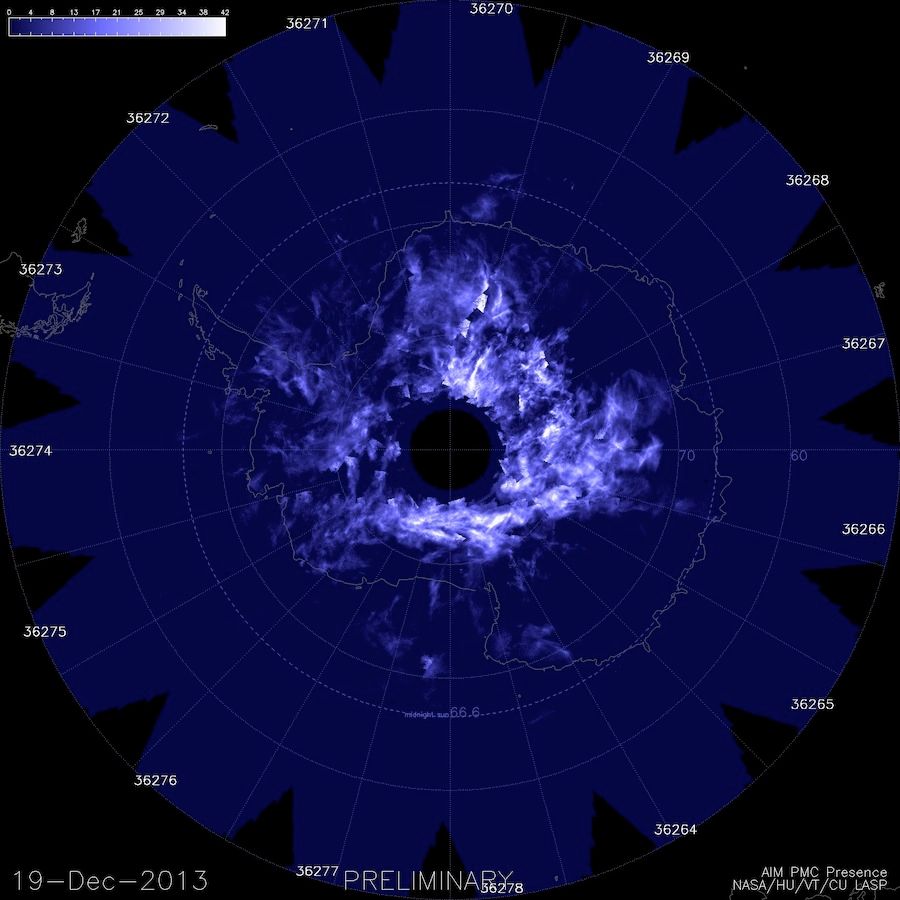
Could human activity be responsible for all this? Perhaps, but if it is true that we collectively play a key role, then it is in a far more fundamental way than runaway greenhouse gas by-products of our modern lifestyles. An upcoming book by SOTT.net Editor Pierre Lescaudron - Earth Changes and the Human-Cosmic Connection - explores the strong correlation between periods of authoritarian oppression and catastrophic, cosmically-induced natural disasters, reconciling modern science with ancient understanding that the human mind and states of collective human experience can influence cosmic and earthly phenomena.
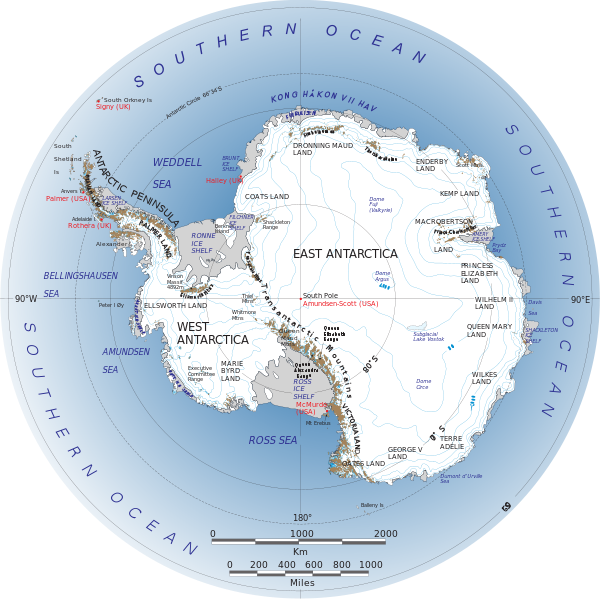
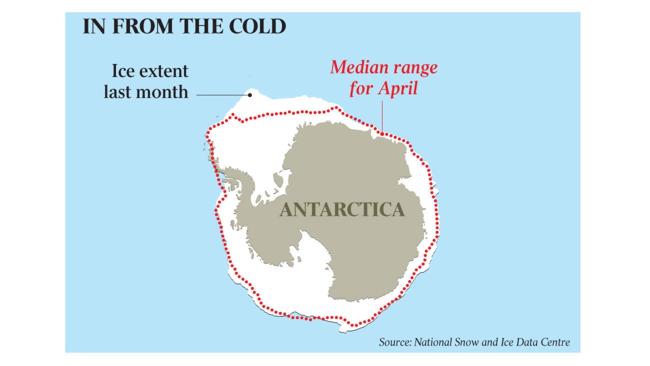
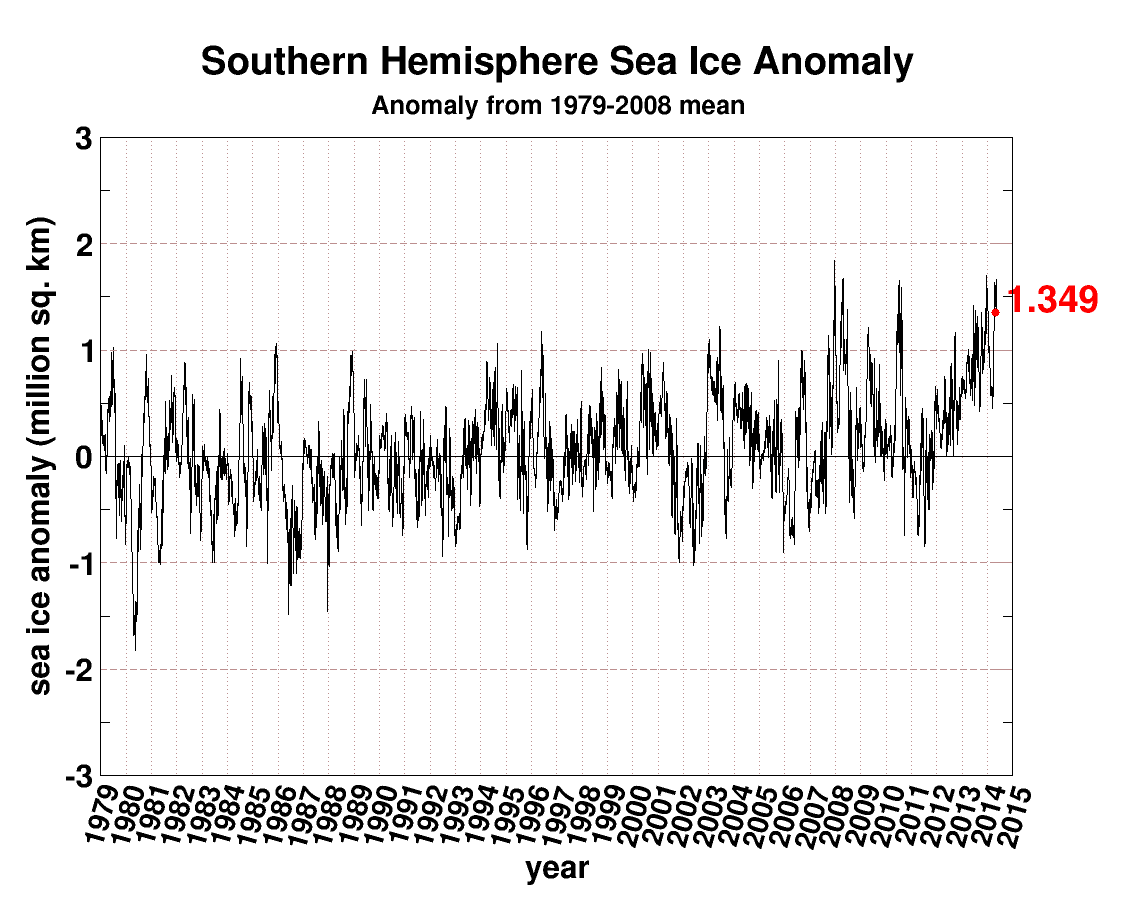
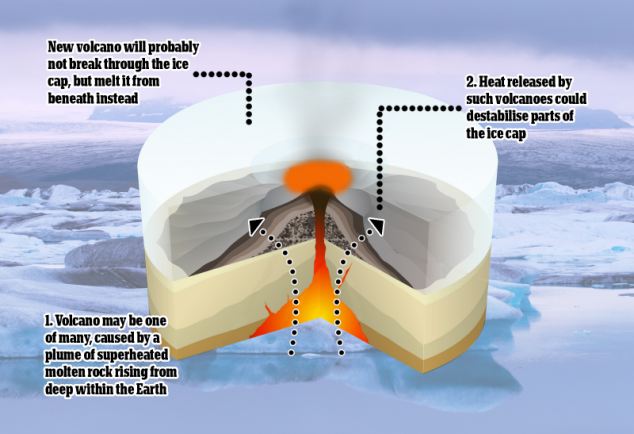
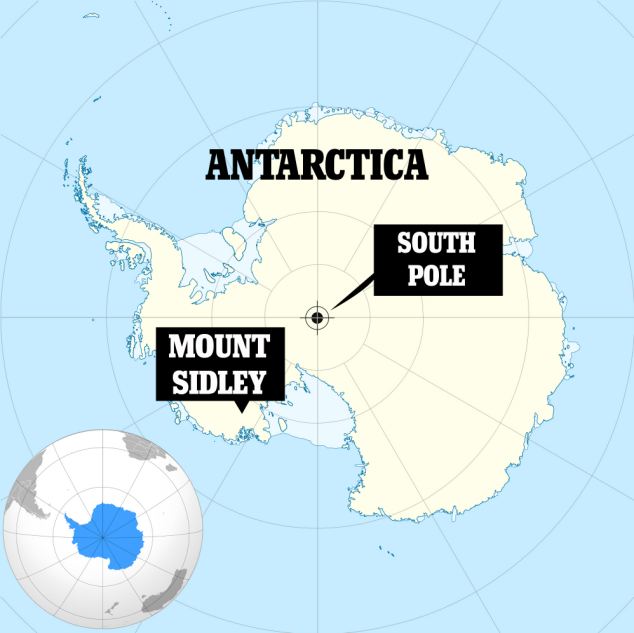



Aeneas think you for an excellent overview of the arctic sea ice. Clearly there are more factors at play in the climate then human carbon dioxide output. I think we need more outrage over psychopath bankers and less worry about "carbon footprint". You'll have a carbon footprint of zero when you're dead and I can't help wondering if the goal behind the "great carbon scare" is to kill off us useless eaters.